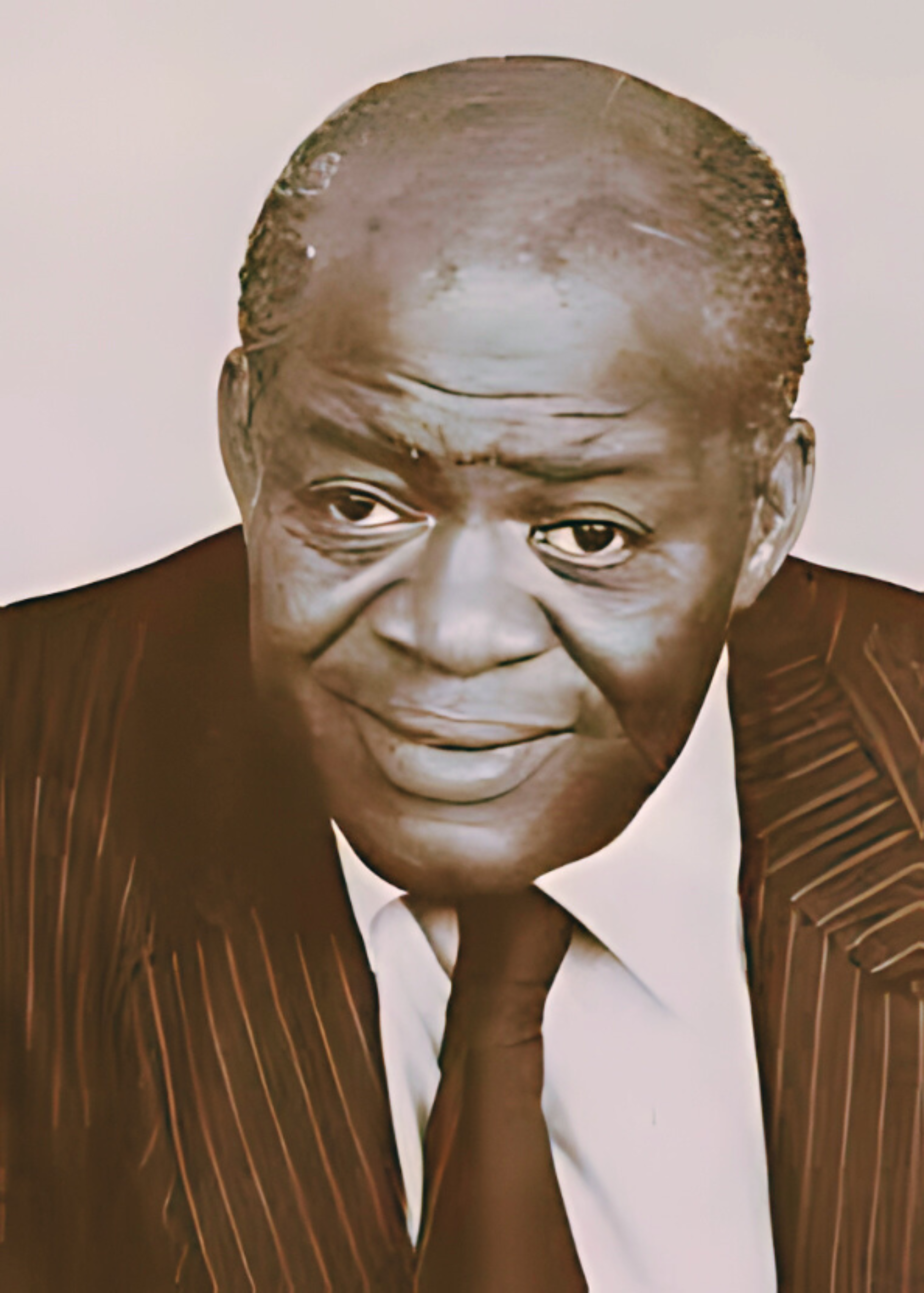by Henry Winston
A Mass Party of the People
That the present situation in this country demands a mass people’s party is beyond question. Formation of such a party must become a top-priority concern for all seeking a way out of the monopoly-imposed crisis of existence for the working class and, especially, the Black, Puerto Rican, Chicano, Native American and Asian-American minorities—in fact, a crisis so all-pervasive it encompasses not only the working masses but every social stratum outside monopoly’s ranks.
The current situation demands unity around a program that will unleash the potential for struggle of every possible anti-monopoly current—multiple and varied in class and social character—to speed formation of a mass people’s party as an alternative to monopoly’s two-party system. Past or present differences must not be allowed to become an obstacle to unity around such an anti-monopoly program.
Within this context, An Open Letter to Activists and Organizers of the Present and Past on the Need for a Mass Party of the People, has been issued by a group called The National Interim Committee for a Mass Party of the People. Among the members of the group, mostly professionals are Arthur Kinoy of the National Lawyers’ Guild, and leaders or members of a variety of other organizations, including the New American Movement.
Regretfully, the perspective offered by the Open Letter (it includes no program) does not correspond to the necessity for a unifying strategy and policies for a mass alternative to monopoly’s two parties of racism and reaction. The 20-page Open Letter is an abridgement of a much longer document by Arthur Kinoy; although modified in some respects from the original, it retains its key features.
It is really unfortunate that after months of discussion by the National Interim Committee of a document in which Kinoy warns the U.S. left against “imported models,” the Open Letter takes its ideological direction from an “imported model” of French origin, derived especially, as we shall see, from Roger Garaudy’s writings. Not only does this “imported model” fail to run in an anti-monopoly direction in the U.S.; it has already been rejected by the working class in the country of its origin.

